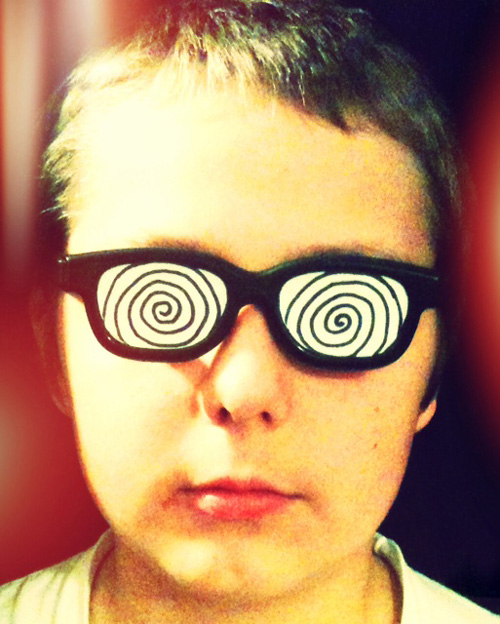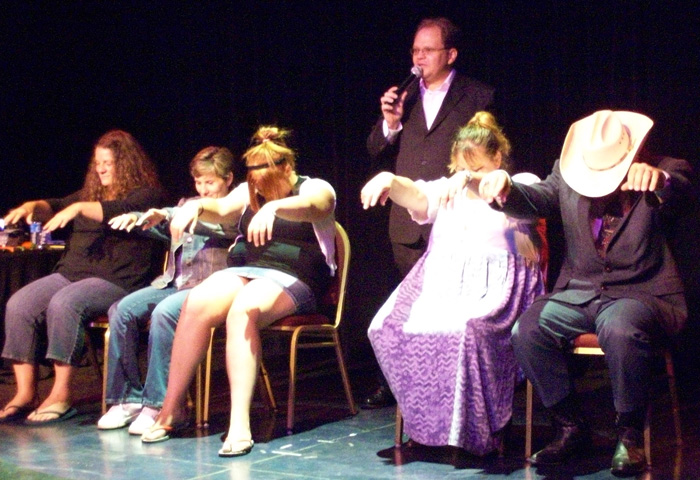Hypnotism – such an intriguing word! This is a subject we know very less of and yet make a lot of speculations about it. Hypnotism, hypnosis, mesmerism, all these are related and are practically different sides of the same coin. That said, how much do we know about any of it?
Though hypnotism is a branch of science, it is still shrouded with mystery. Most questions about it either remain unanswered or have multiple answers and we know not what to believe. So let’s check out some facts about this mesmerising subject.
The origin of hypnotism
1. Hypnotism as a method of dealing with health problems was invented in ancient India

People often took the sick to “sleep temples” to get them treated with hypnosis method. This method was also in use in ancient Egypt and Greece.
2. Manusmriti (the famous ancient scriptures of the Indian sage Manu) categorizes hypnosis into different stages

Based on its effect, hypnosis has the “Sleep-Waking” state, the “Dream-Sleep” state, and the “Ecstasy-Sleep” state.
3. Hypnosis became a topic of discussion among Western scientists around 1770
An Austrian physician named Franz Mesmer started investigating an effect he called ‘mesmerism’. But the term “hypnotism” was coined by a surgeon named James Braid, in 1841.
How it works
4. Hypnotism works differently for every person, depending on his/her receptibility

Some people can get easily hypnotised while others may never come under that trance.
5. The signs of being hypnotised typically include the appearance of being tuned out, as if the hypnotized person is in a reverie or trance
Also, there would be a significant decrease in involuntary eye movement, so much so that often deeply hypnotized people will have to be reminded to blink.
6. When hypnotized, people concentrate solely on a self-created imagery (or an imagery that is suggested to them)
Thus, they lose touch with their personal ability to make judgments, but their ability to think about an imaginary situation increases. For example, if you ask a hypnotized person to punch you, he would do so without giving it any thought, concentrating on the job he’d been ordered to do. Hypnotism can also suppress or take one down the memory lane. And that is exactly why it is used to treat sickness or injury, as it makes the patient forget about the pain.
The method
7. For hypnotism to work, the subject needs to be in a relaxed state, undisturbed by outside elements like very bright light or noise

8. The hypnotist (the person who is performing the hypnotism) starts talking in a low, soothing voice to the subject
Often asking him to concentrate on a particular image (visual or imaginary). Simultaneously he helps the subject to regulate his breathing to become slow and deep, and relax his body. Eventually he brings about the hypnotic trance over the subject.
9. The use of a pendulum, or anything that resembles a pendulum in function, helps to hypnotise a person

It helps the hypnotism by aiding the unconscious ideomotor processes. With the subject focusing exclusively on the pendulum and subsequently it’s swaying, hypnotic trance will take over his mind.
10. The inventor of the term ‘hypnotism’ James Braid invented the “eye-fixation” method of inducing hypnotic trance which remains the most influential till date

In this method, the hypnotist holds a bright object with his left hand in front of the subject, about 8-15 inches from his eyes, at such an angle with the forehead that it produces the most strain on the eyes to look at it. The subject is to maintain a fixed stare at the object. The pupils of his eyes will first contract and then dilute. Once that happens, the hypnotist brings his fore and middle fingers of the right hand, a little extended, from the object toward the eyes, and the subject’s eyelids will close with a vibratory motion and he will fall into the hypnotic trance.
It is believed that hypnotism often helps to bring back overly suppressed memories, or even memories from a past life. But like most things about hypnosis, this is also a very equivocal subject, equally shrouded in mystery.




